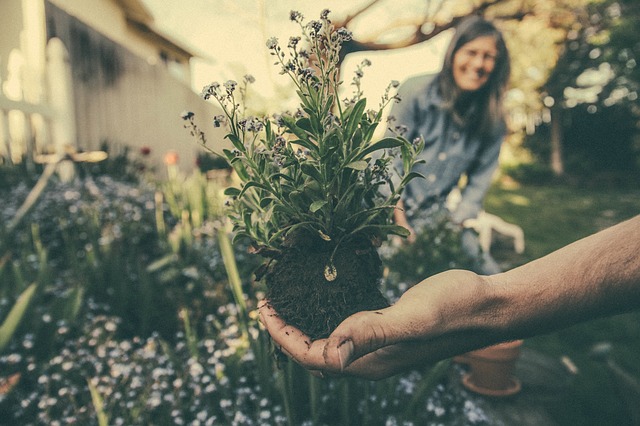What Are Hardiness Zones?

What Are Hardiness Zones?
It's no secret that different plants require a different climate in which to grow. If a plant isn't native to a particular region, it may struggle to grow in that region. While you can always choose native plants to include in your landscape, an alternative solution is to use a hardiness zone map.Overview of Hardiness Zones
Also known as local area hardiness zones, hardiness zones are specific geographic that are defined by their extreme minimum temperature. Hardiness zones were originally developed by the United States Department of Agriculture (USDA). Based on the USDA's hardiness zone map, there are 13 hardiness zones, each of which has a different extreme minimum temperature.
Hardiness zones and their respective extreme minimum temperatures include the following:
- Zone 1: minus 60 degrees to minus 50 degrees
- Zone 2: minus 50 degrees to minus 40 degrees
- Zone 3: minus 40 degrees to minus 30 degrees
- Zone 4: minus 30 degrees to minus 20 degrees
- Zone 5: minus 20 degrees to minus 10 degrees
- Zone 6: minus 10 degrees to zero degrees
- Zone 7: 0 degrees to 10 degrees
- Zone 8: 10 degrees to 20 degrees
- Zone 9: 20 degrees to 30 degrees
- Zone 10: 30 degrees to 40 degrees
- Zone 11: 40 degrees to 50 degrees
- Zone 12: 50 degrees to 60 degrees
- Zone 13: 60 degrees to 70 degrees
The purpose of the hardiness zone map is to help gardeners and landscapers choose the right plants. As previously mentioned, it consists of 13 geographic regions. Each of these regions has a different extreme minimum temperature. To calculate a region's extreme minimum temperature, the USDA refers to its lowest recorded temperature for a given year. Some regions have a lower extreme minimum temperature than others. Plants that grow in these regions are acclimated to the cold weather, so they can withstand cold snaps without dying. On the other hand, they are often more susceptible to heat and drought, making them a poor choice for regions with a higher extreme minimum temperature. Florida encompasses zones 8, 9 and 10 of the USDA's hardiness zone map. If you're planning a landscape in The Sunshine State, you should choose plants that fall under the appropriate hardiness zone. Maybe you live in zone 8, or perhaps you live in zone 8. Regardless, choosing plants that match your region's hardiness zone will promote a healthier landscape.
This article was brought to you by Palmetto Coastal. For more articles, tips and news for your commercial landscaping and maintenance needs, please visit us at our website.
Recent Posts
- Whats the Best Way to Edge Flowerbeds?
- An Introduction to Gabions and How They Work in Landscapes
- What Is Bush Hogging? Here's What You Should Know
- 5 Best Practices for a Neighborhood Entrance
- 5 Things to Consider When Choosing a Commercial Landscaping Company
- Are you overwatering your landscape? Here are signs to look for.
- The Dos and Don'ts of Pruning Shrubs
- An Introduction to Ground Covers in a Commercial Landscape
- Cool Season vs Warm Season Grasses: What's the Difference?
- Real vs Artificial Turf Grass Which Is Best for Your Commercial Landscape

